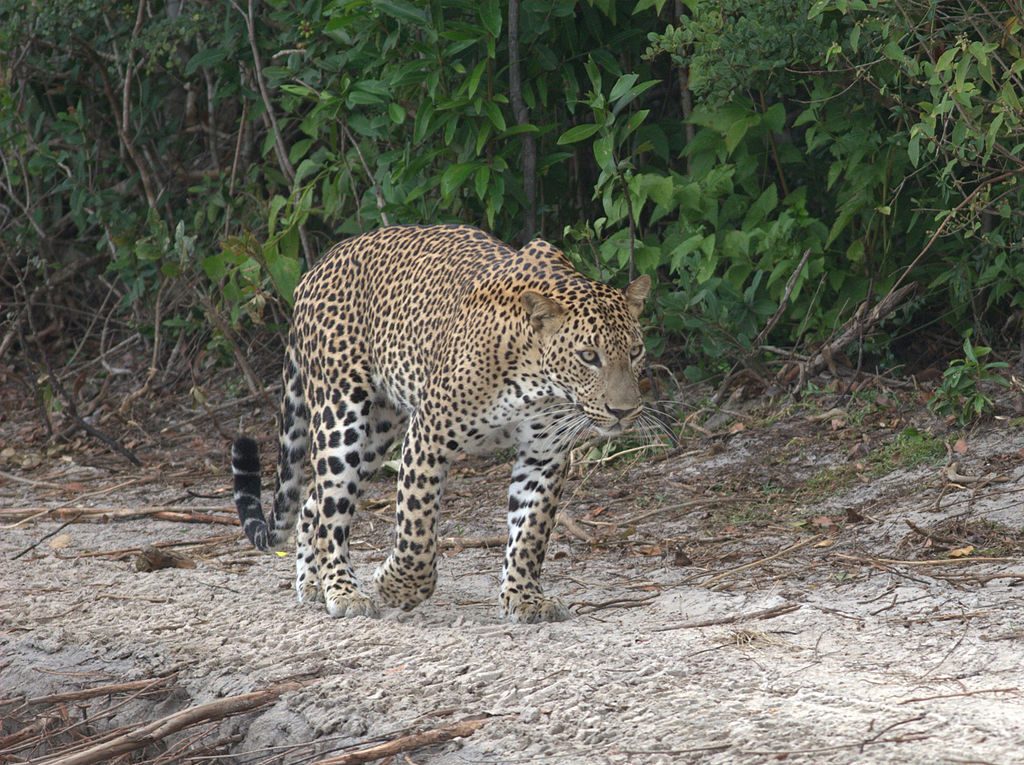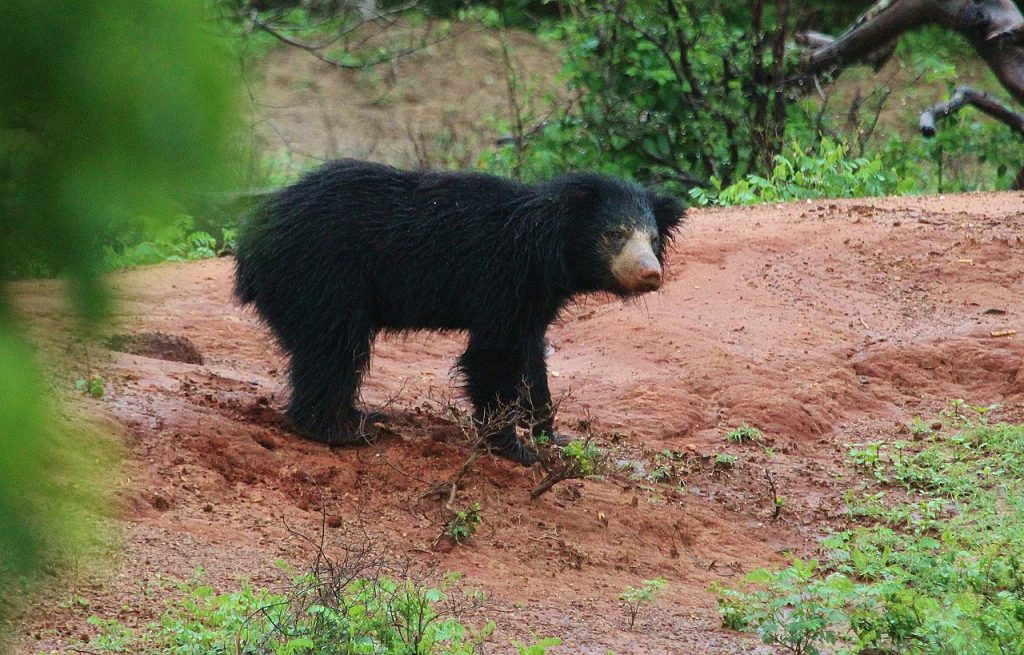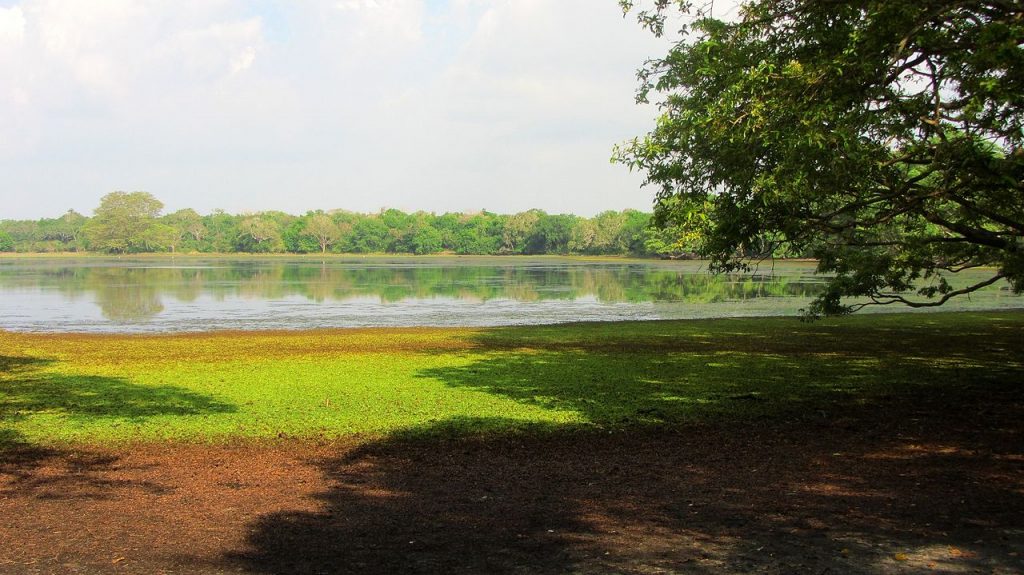Wilpattu National Park Sri Lanka is the oldest and largest national park; also known as the leopard sanctuary in Sri Lanka, famous for its population of leopards.

Historical importance
About 500 BC, prince Vijaya and his followers from India landed at Thambapanni in the North West of Wilpattu defeating the Rakshas who inhabited this area; settled down and developed the land to originate the Sinhala kingdom. Many archaeological remains of that era are scattered around Wilpattu. To view these ruins, guidance of a competent tour guide is advised.
Way to explore
The best way to explore this park is to get professional guidance from Cinnamon Nature Trails one of many operators that offer Sri Lanka Guided Tours with a resort located near the park.
Wilpattu Park features
It is a large park sanctuary spread over 130,000 hectares in the North West coast of the dry zone in Sri Lanka, west of Anuradhapura. What’s unique about this park is that it is dotted with small natural lakes or ‘Villus’ collecting rain water for wildlife.
Animal population
It is world famous for its leopard population, has the largest collection of leopards also known as the Panthera pardus kotiya in Sri Lanka. The park is also famous for Sloth bears and barking deer.
| Intrigued by history, art and food, Lavinia Woolf is a writer who is passionate about the extraordinary and writes of the exhilarating and enchanting. Google+ |




